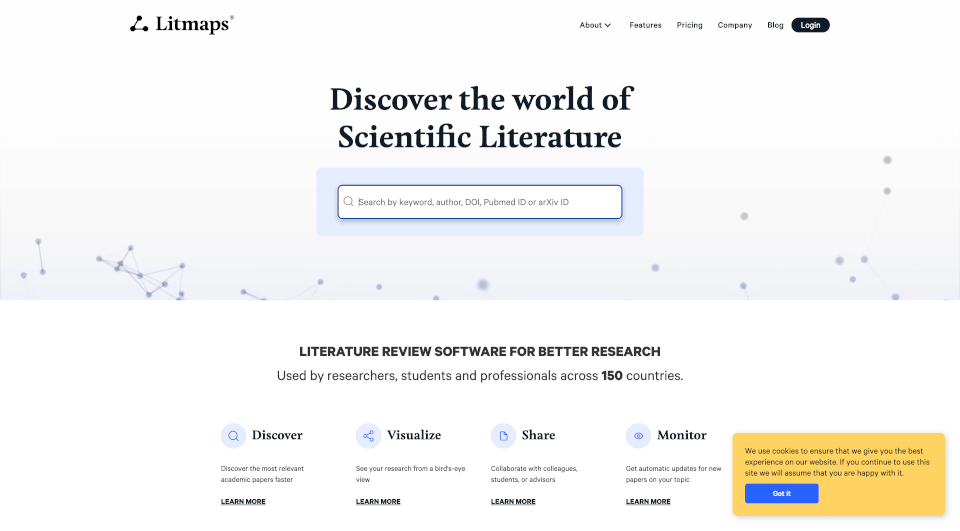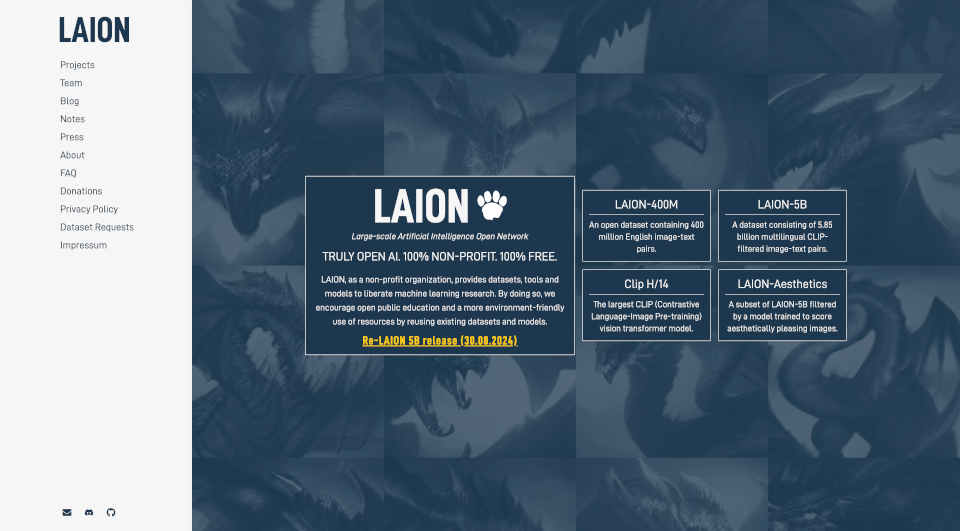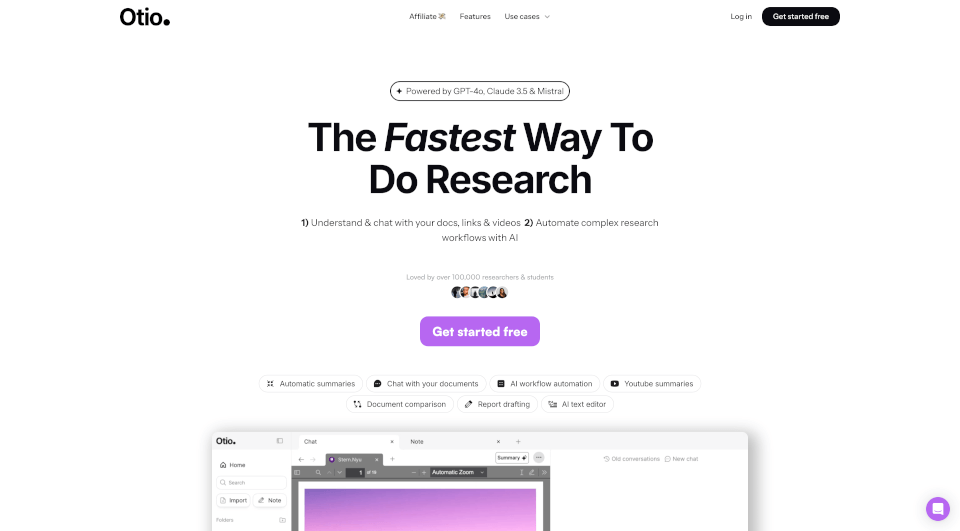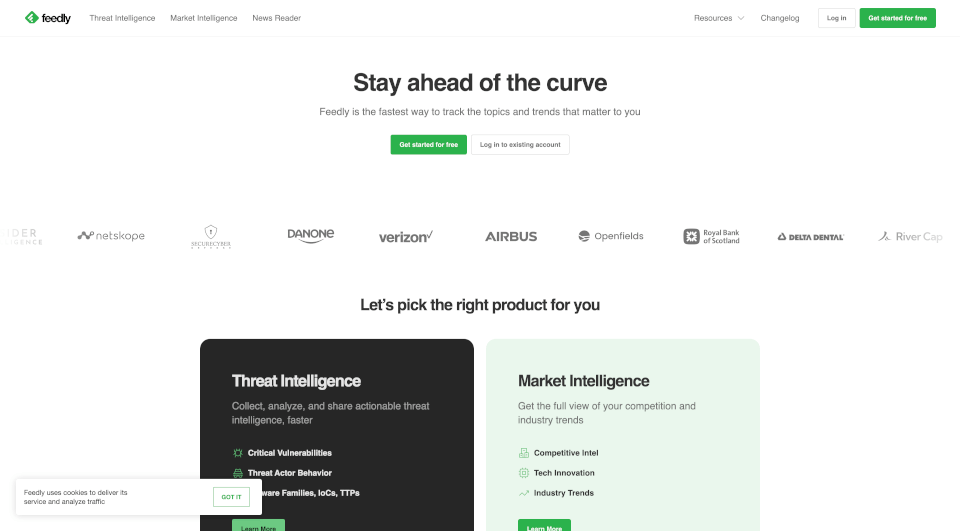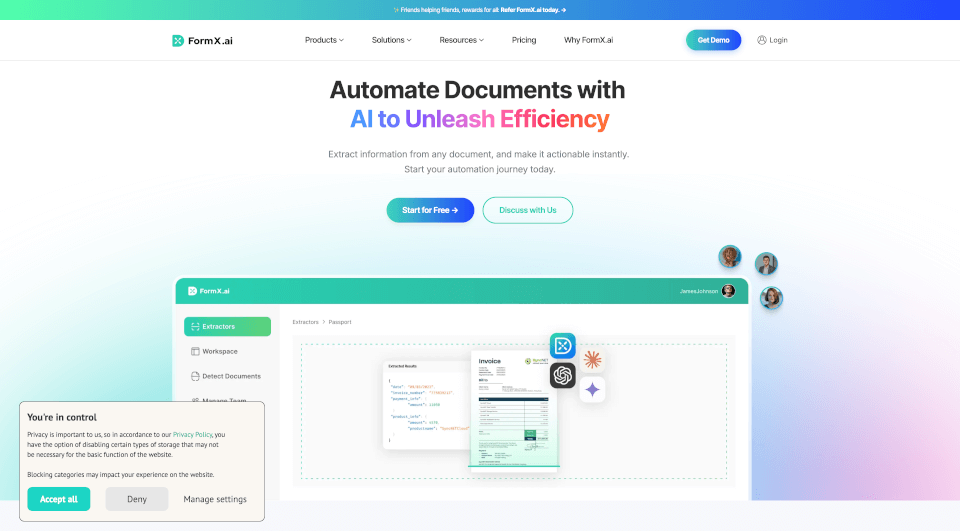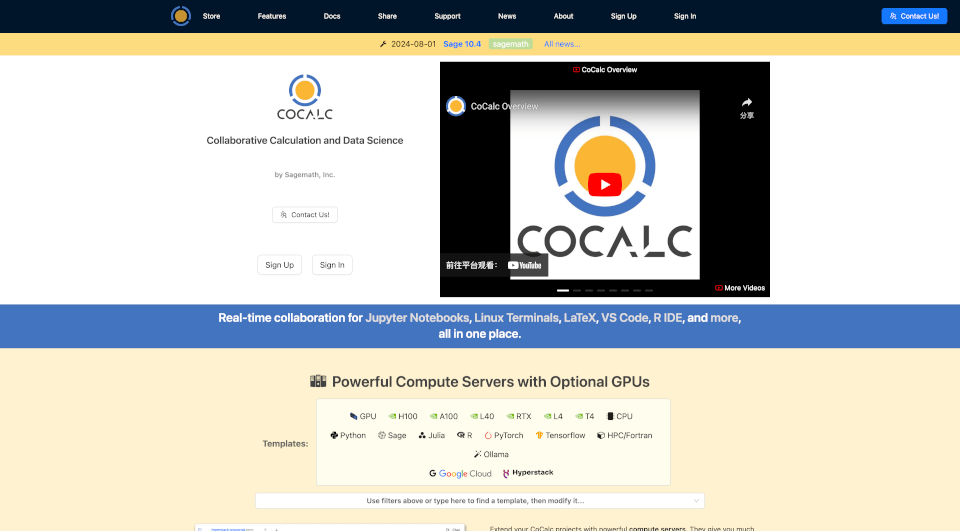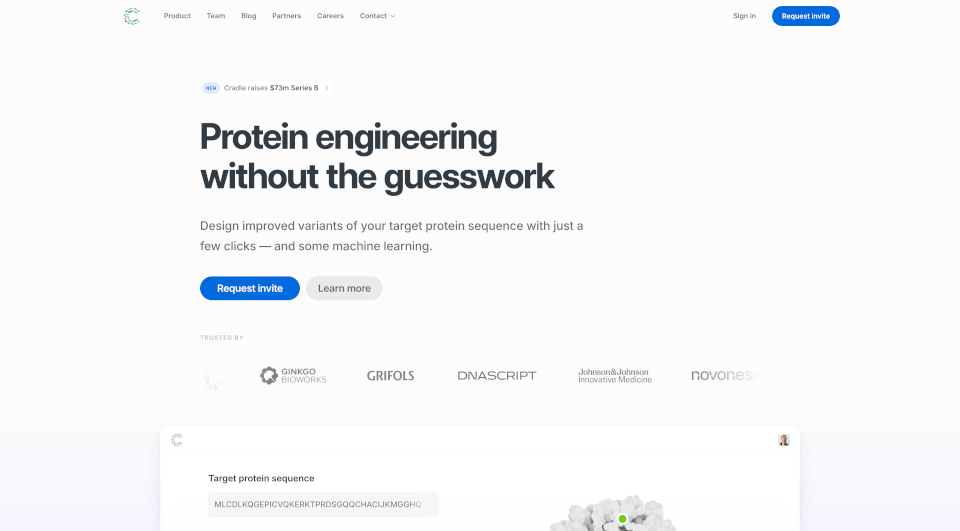What is Litmaps?
Litmaps is an innovative literature review assistant designed to streamline the research process for students, professionals, and researchers across the globe. By leveraging the power of dynamic visualizations, Litmaps makes it easier to discover, organize, and connect academic papers. It enhances the literature review experience by allowing users to see their research in a visually engaging way, fostering deeper insights and connections between works across diverse fields. With over 350,000 users in more than 150 countries, this tool is reshaping how academic research is performed.
What are the features of Litmaps?
Dynamic Seed Maps: With Litmaps, researchers can start with a seed article and create dynamic seed maps that visualize related literature. This feature allows users to assess the landscape of academic papers quickly and engage with relevant works based on citations and connections.
Automatic Updates: Stay on top of the latest research with automatic notifications about new papers in your chosen field. This ensures that you remain informed without the need for continuous manual searches.
Collaborative Tools: Litmaps is designed to foster collaboration. Share your findings easily with colleagues, mentors, or students, promoting rich discussions and collective growth in understanding complex topics.
Visual Representation: The unique date vs citation graph format presents literature in a visually appealing and easy-to-navigate manner. This aids users in orienting themselves within the historical context of a field and helps in establishing connections between various works.
Customizable Library: Build and maintain a personalized research library. Users can save, categorize, and tag papers, making it a breeze to access findings for ongoing or future projects.
What are the characteristics of Litmaps?
User-Friendly Interface: Litmaps prides itself on a simple yet powerful interface that enhances user experience. The intuitive design means that both novice and experienced researchers can harness the tool effectively without a steep learning curve.
Comprehensive Database: The platform boasts a vast database that integrates numerous academic fields, helping researchers discover literature that is often overlooked.
Efficient Workflow Management: Achieve a significant boost in productivity. Litmaps helps organize each project seamlessly, allowing researchers to focus more on analysis and synthesis rather than on tedious search processes.
Support for Diverse Fields: Its versatility allows researchers from various disciplines—be it healthcare, engineering, social sciences, or humanities—to utilize Litmaps effectively for their literature reviews.
What are the use cases of Litmaps?
Academic Research: Ideal for graduate students and researchers aiming to conduct thorough literature reviews that lay the foundation for their theses or dissertations. The dynamic mapping feature significantly aids in uncovering connections within the literature.
Collaborative Projects: Use Litmaps in group research settings, where interdisciplinary teams can visualize and discuss relevant literature, ensuring that everyone is on the same page.
Teaching and Learning: Instructors can leverage Litmaps to introduce students to the research process, showing them how to identify and connect key papers effectively.
Trend Analysis: Professionals can utilize Litmaps to monitor emerging trends in their field, assisting them in staying ahead of new developments and identifying potential areas for future research.
How to use Litmaps?
- Sign Up: Create a free account on the Litmaps website.
- Search for a Seed Article: Input keywords related to your research topic in the search bar.
- Generate Seed Map: Based on your selected article, generate a seed map to visualize related articles and citations.
- Explore and Add Articles: Review the related literature, add articles of interest to your library, and sort them as needed.
- Monitor Updates: Set up notifications to receive updates on new publications relevant to your research interests.
- Share Insights: Collaborate with peers by sharing your findings and discussing the interconnected web of literature.
